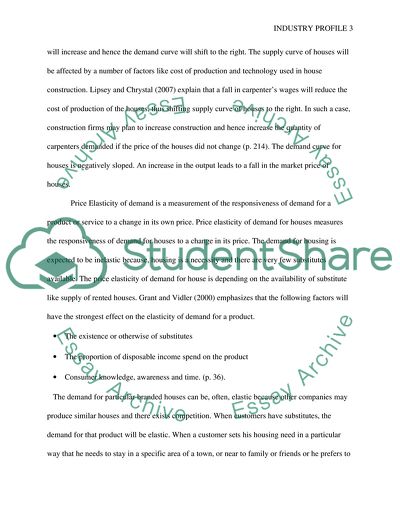Cite this document
(Economic Profile of Housing Industry Essay Example | Topics and Well Written Essays - 2000 words, n.d.)
Economic Profile of Housing Industry Essay Example | Topics and Well Written Essays - 2000 words. https://studentshare.org/marketing/1726902-industry-research-completion
Economic Profile of Housing Industry Essay Example | Topics and Well Written Essays - 2000 words. https://studentshare.org/marketing/1726902-industry-research-completion
(Economic Profile of Housing Industry Essay Example | Topics and Well Written Essays - 2000 Words)
Economic Profile of Housing Industry Essay Example | Topics and Well Written Essays - 2000 Words. https://studentshare.org/marketing/1726902-industry-research-completion.
Economic Profile of Housing Industry Essay Example | Topics and Well Written Essays - 2000 Words. https://studentshare.org/marketing/1726902-industry-research-completion.
“Economic Profile of Housing Industry Essay Example | Topics and Well Written Essays - 2000 Words”. https://studentshare.org/marketing/1726902-industry-research-completion.


